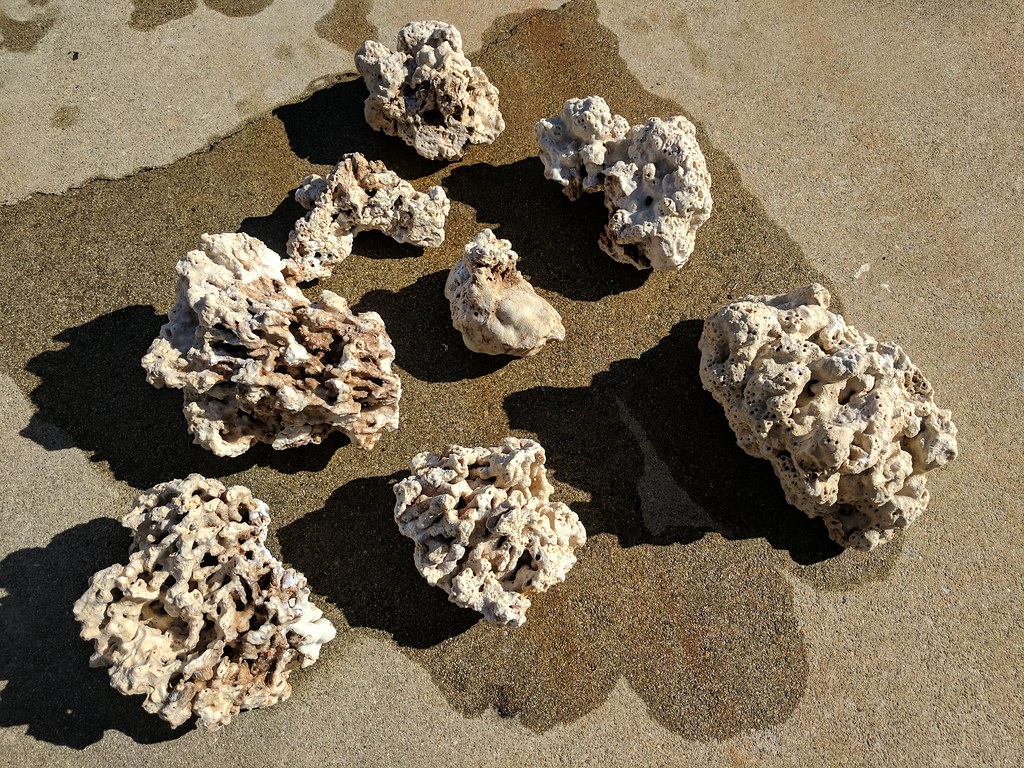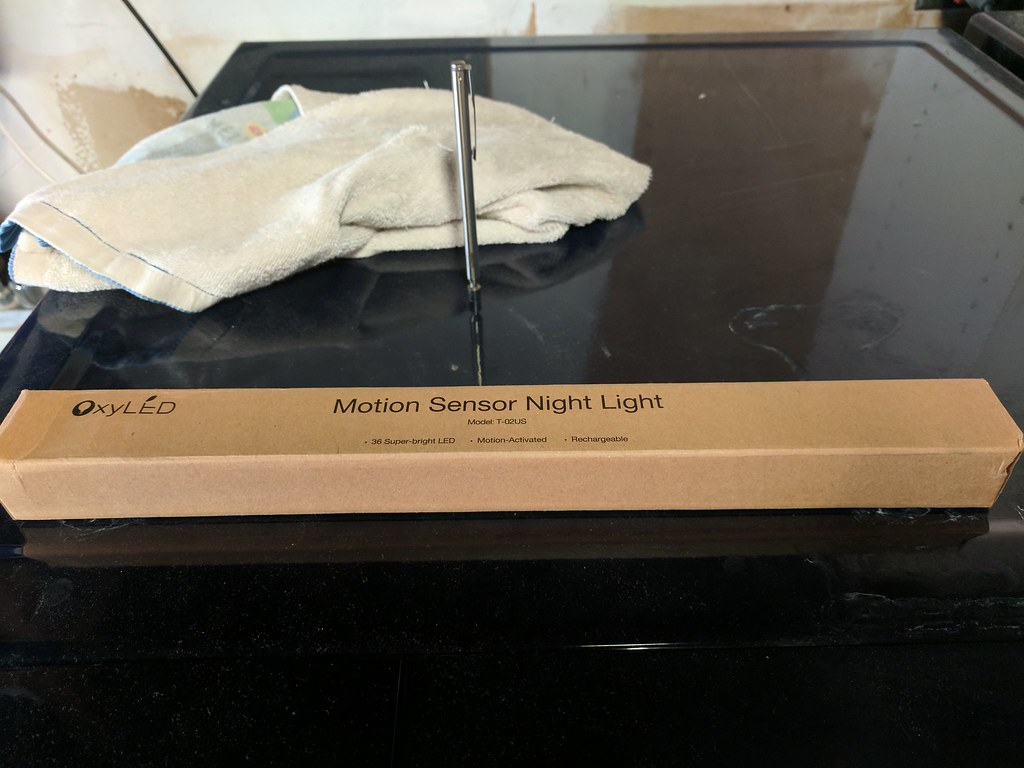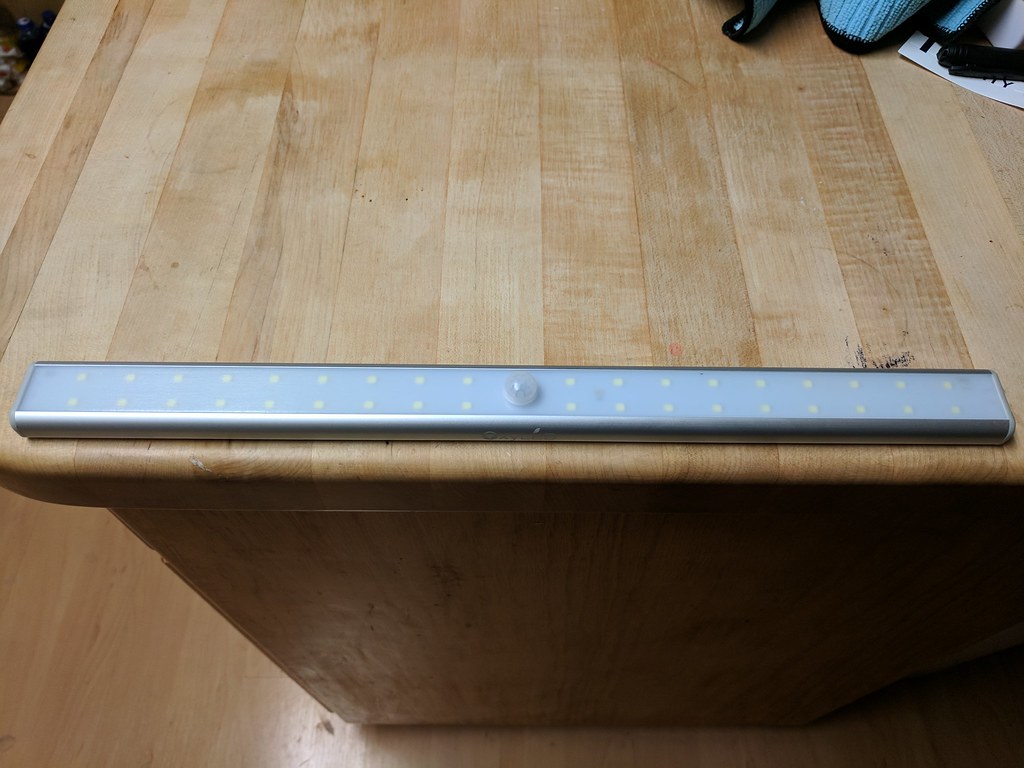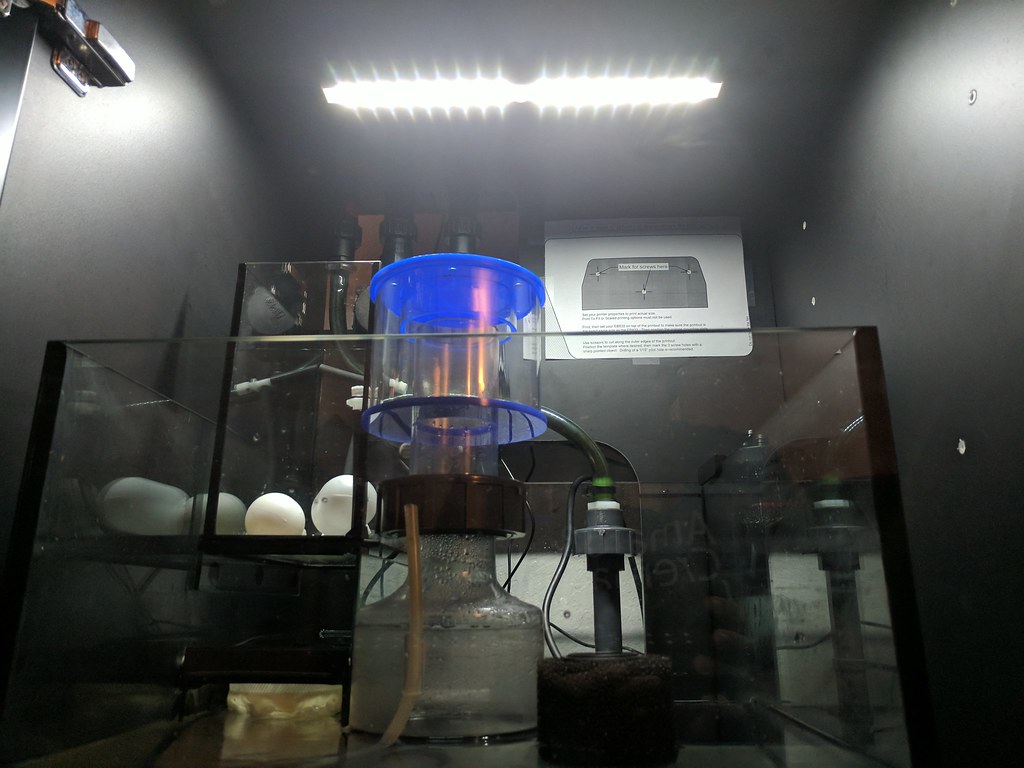Coral reefer
Past President
I would seriously recommend a brand name pump, or at least have a spare ready...
Thanks for the suggestion Mike.
I can buy 2 Jebaos (~$160), store one for a rainy day and still come out ahead. Worst case, I get a failure every 6-9 months and buy the newest generation "cheap pump" and still paid less than 1 Vectra.
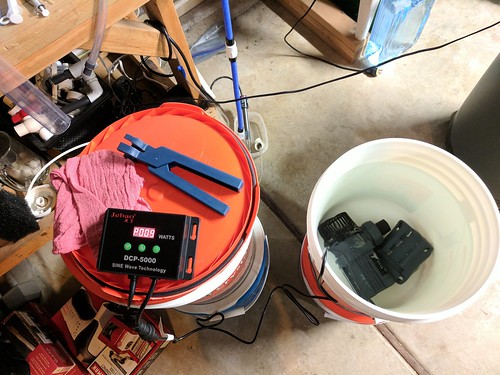
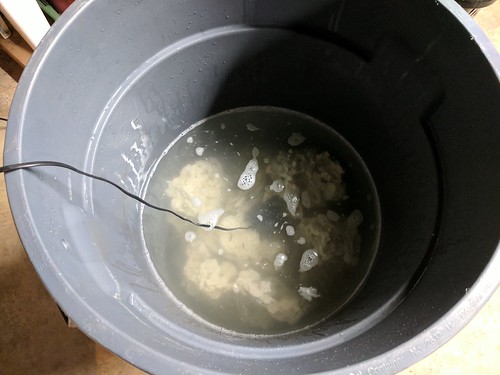
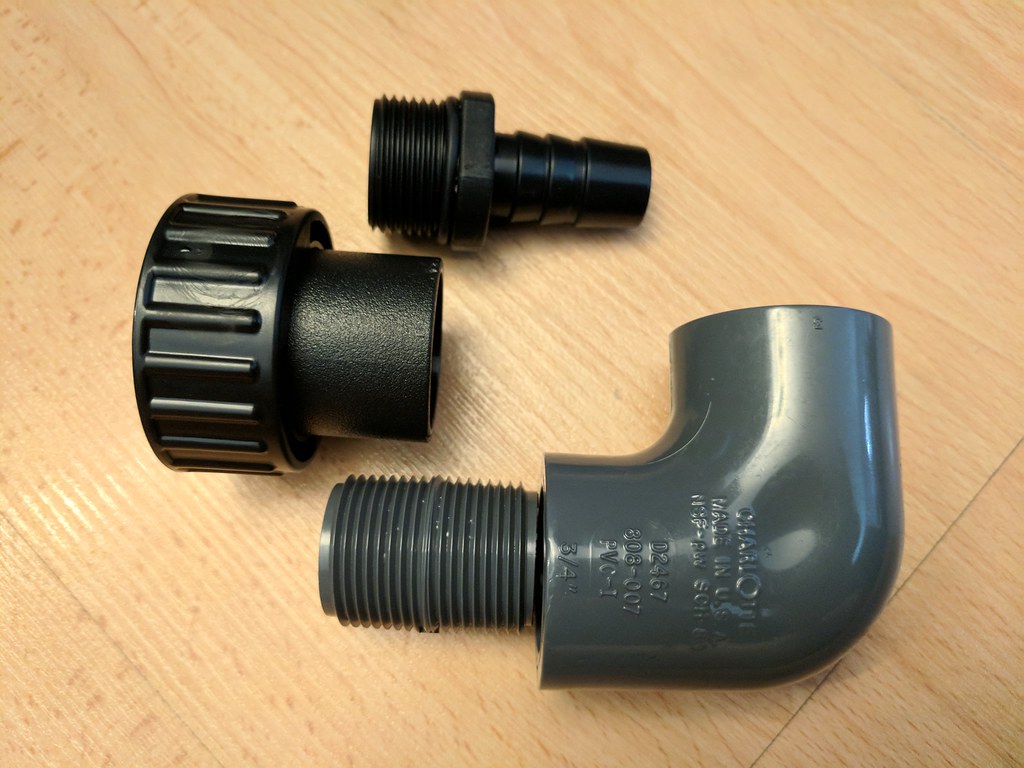

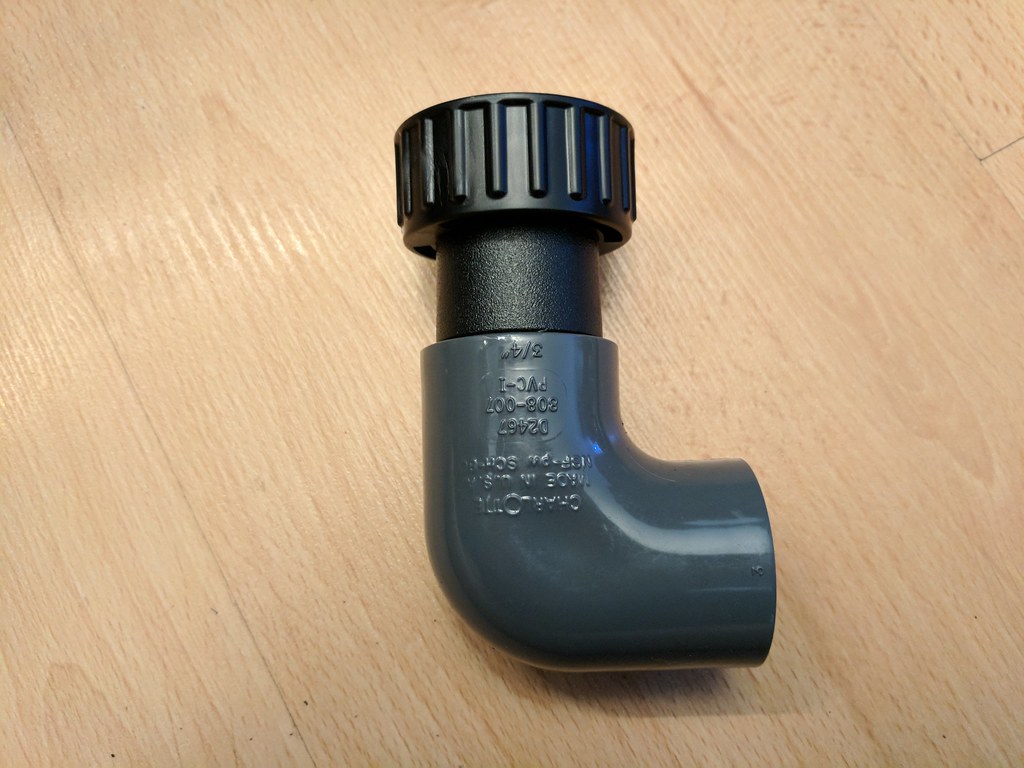
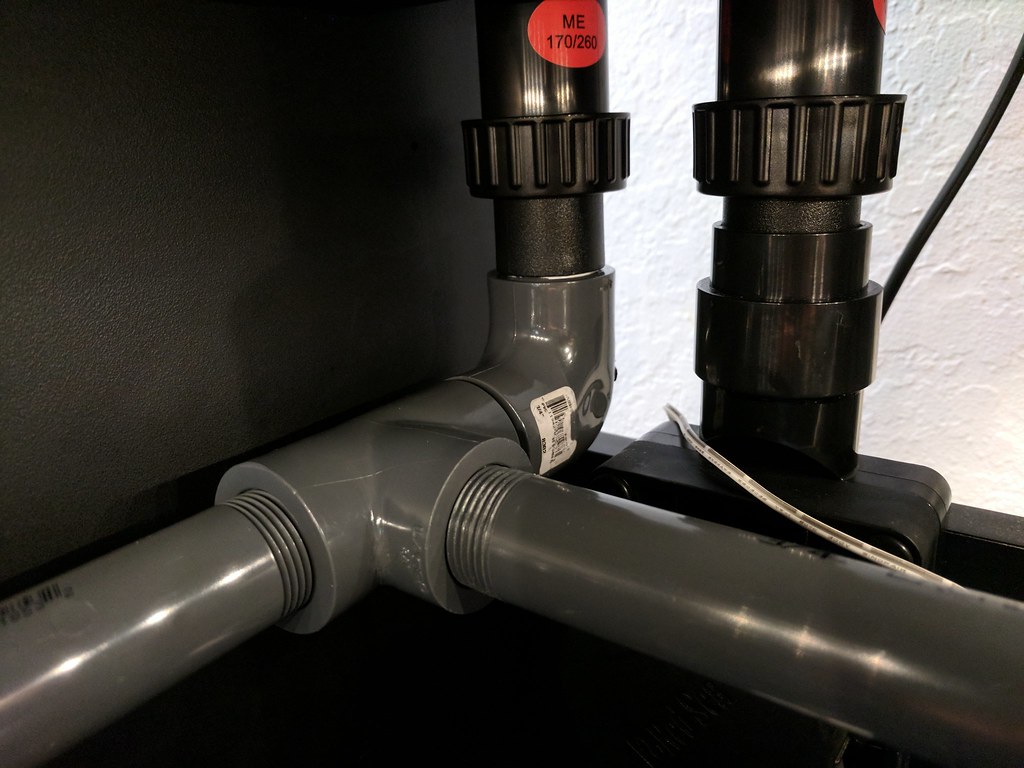

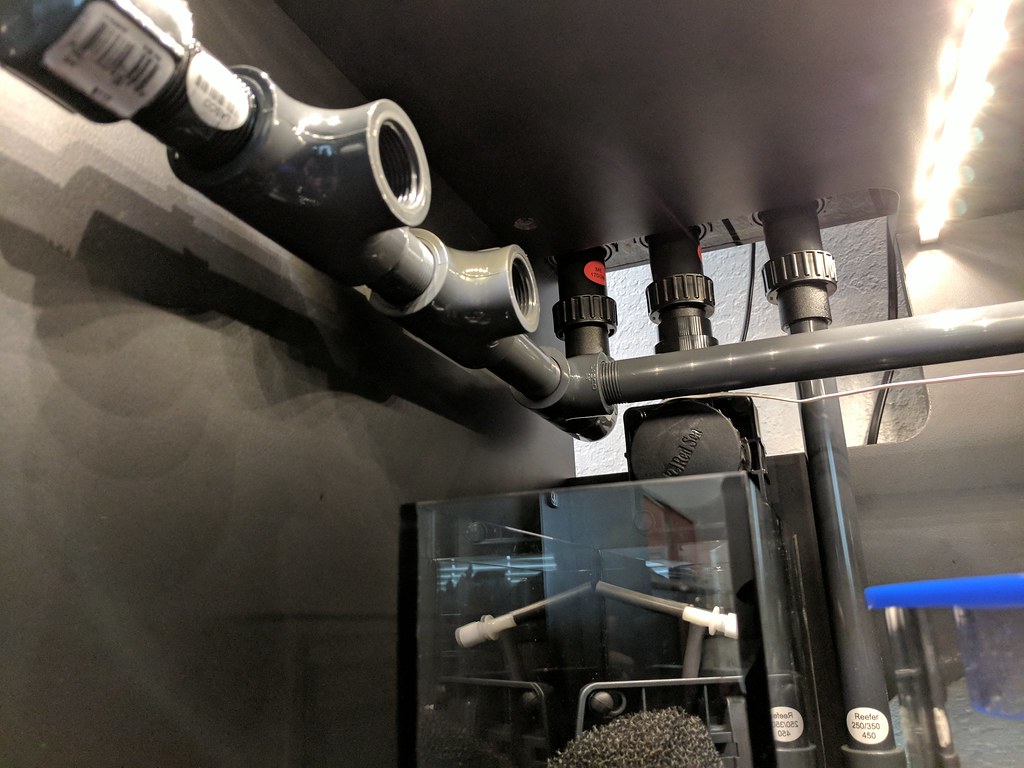
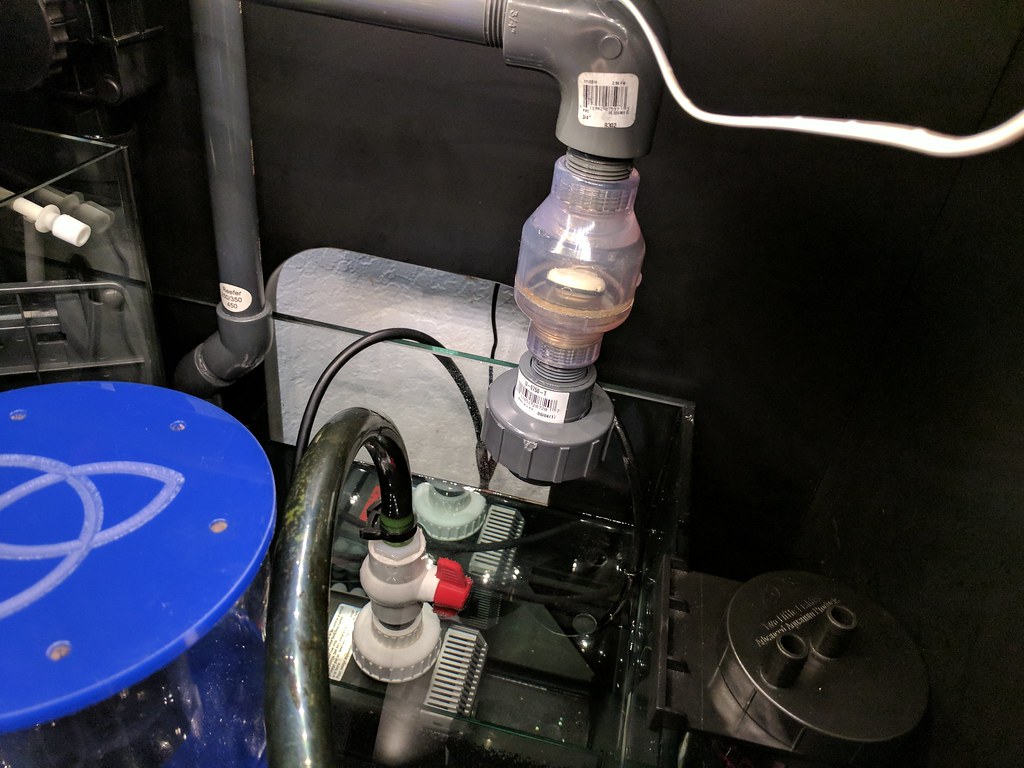
People always say that about check valves, and I understand the potential, but that has not been my experience. I still keep my return plumbing sitting right at the surface of the water to break the siphon just in case though.Check valve is useless. It'll get clog and stop working
Sent from my iPhone using Tapatalk Pro
I just don't see the need for a check valve. Just have a siphon break drilled in and have a big enough sump (or run low enough) that it can tolerate a return pump malfunction with room to spare. Why count on a check valve to prevent an overflow into your living room?People always say that about check valves, and I understand the potential, but that has not been my experience. I still keep my return plumbing sitting right at the surface of the water to break the siphon just in case though.
Redundancy is the name of the game.I just don't see the need for a check valve. Just have a siphon break drilled in and have a big enough sump (or run low enough) that it can tolerate a return pump malfunction with room to spare. Why count on a check valve to prevent an overflow into your living room?
Sent from my iPhone using Tapatalk
